All growers have them. That patch in a field (or a few fields), that just isn’t quite right. Maybe the plants are just smaller than the rest of the field. Maybe the plants are a little discolored. Or really discolored. Maybe the stand is poor. That bad patch could be caused by a range of factors such as nutrient deficiency, excess nutrients, dry conditions, and so forth. Plant-parasitic nematodes are one cause of bad patches that growers should consider and take steps to diagnose. In particular, this article focuses on sting nematode, a pest that may not be top-of-mind for row crop growers, but that I have been encountering in a range of row crops.
–
Symptoms of sting nematode infestation
Most agricultural professionals are aware of root-knot nematodes and their characteristic symptom, galling, which is abnormal, irregular-shaped swelling of the root system (Figure 1). While root-knot nematodes are widespread and damaging, sting nematode and other damaging plant-parasitic nematodes are also common in Florida, but do not cause the galling characteristic of root-knot nematode. This could lead to misdiagnosis as a nutrient deficiency or other issue.
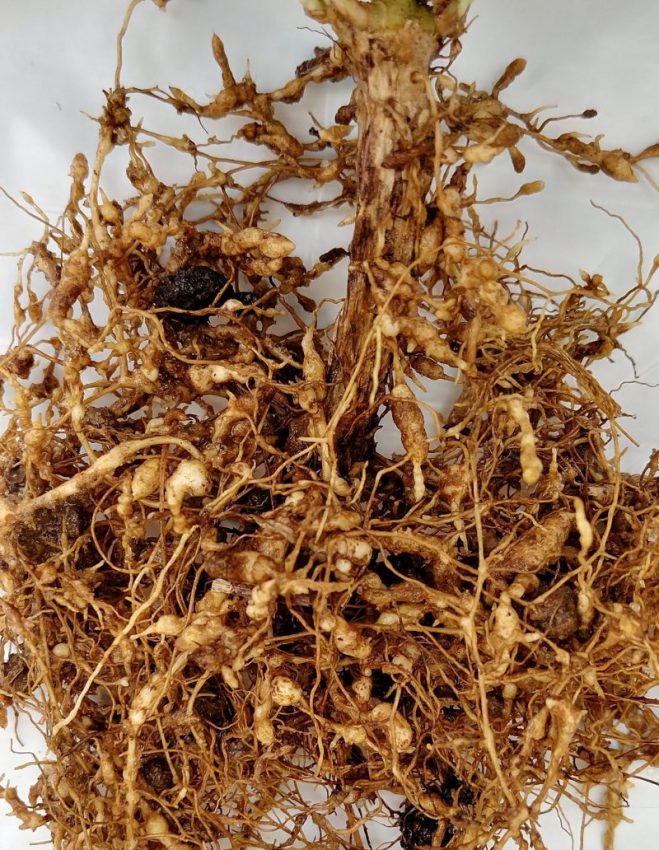
Figure 1. Galling on peanut root system caused by root-knot nematode. Sting nematode does not induce galling. Credit: Zane Grabau, UF/IFAS
=-
So, what symptoms should alert you to a potential sting nematode problem? As alluded to in the introduction, aboveground symptoms of sting nematode usually appear in patches (Figures 2-4). Plant discoloration, typically yellowing, is also common because nematode infection impairs nutrient uptake (Figure 5). Perhaps a more telling aboveground sting nematode symptom is severely stunted plants and reduced stand where sting nematode has killed plants (Figures 2-3). Because sting nematode is so severely damaging, symptoms often appear early in the year. In contrast, symptoms of root-knot nematode may become obvious only late in the season when nematode populations have increased. Watch for sting nematode in most crops. It is probably most common in corn, but affects soybean and cotton as well, not to mention most vegetable crops. Some sting nematode isolates also severely damage peanut, especially in fields with a long history of peanut production. Sting nematode prefers very sandy soil (e.g. 90% or more) with low organic matter, so may be encountered less frequently in areas of the Florida panhandle with heavier soils.
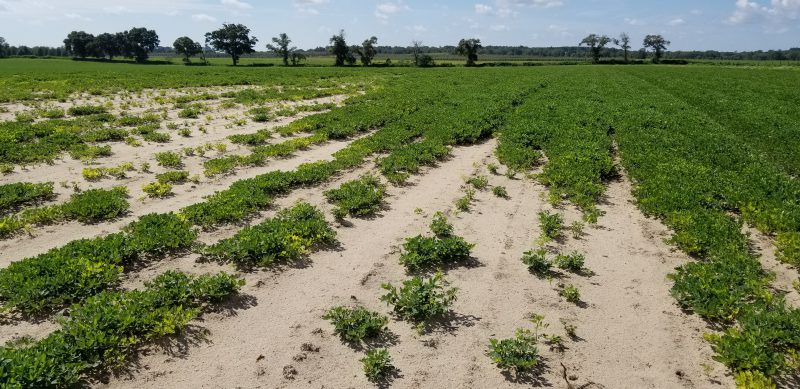
Figure 2. Patchy damage to peanut caused by sting nematode. Credit: Zane Grabau, UF/IFAS
–
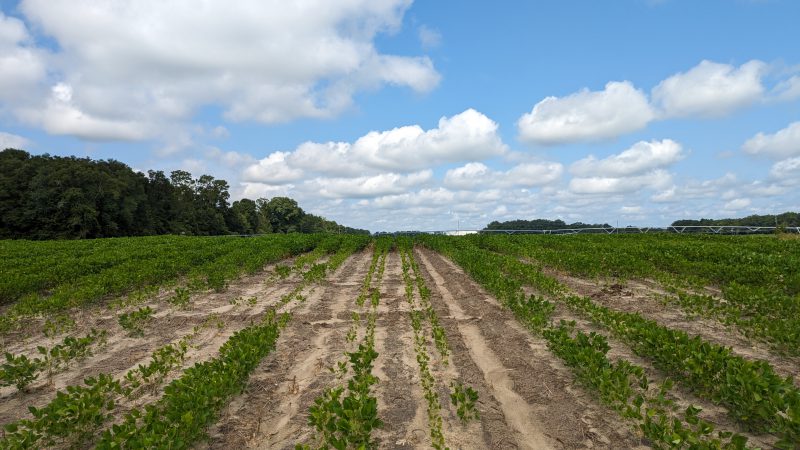
Figure 3. Severe stunting and reduced stand from sting nematode in a commercial soybean field.Credit: Zane Grabau, UF/IFAS
–

Figure 4. Cotton severely stunted by sting nematode in a research trial. The central plot is not treated with nematicide whereas the surrounding rows are.
–
Assessing roots can also provide useful symptoms to indicate infection with sting nematode or other nematodes. Sting nematode can severely stunt the root system (Figure 5). Additionally, severe pruning of lateral roots, “burnt” root tips from tissue death, and proliferation of stubby lateral roots are all common sting nematode symptoms (Figures 6 and 7). In severe cases, this can cause the root system to look bearded. Sting nematode causes unique pin-prick size, dark lesions on peanut pods (Figure 8). Use these symptoms as guides that further diagnosis is needed to confirm the presence of plant-parasitic nematodes in the field as described in the next section.
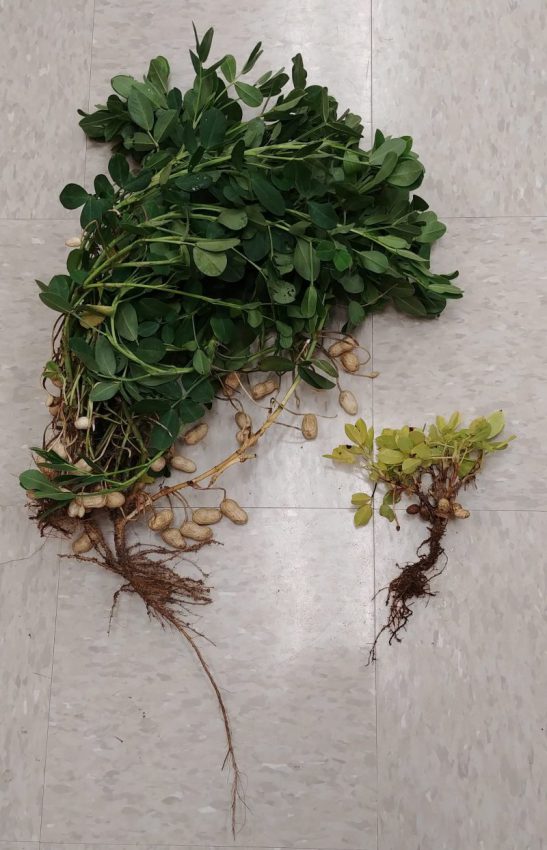
Figure 5. A healthy peanut plant (left) and a peanut plant damaged by sting nematode (right). Credit: Zane Grabau, UF/IFAS
–
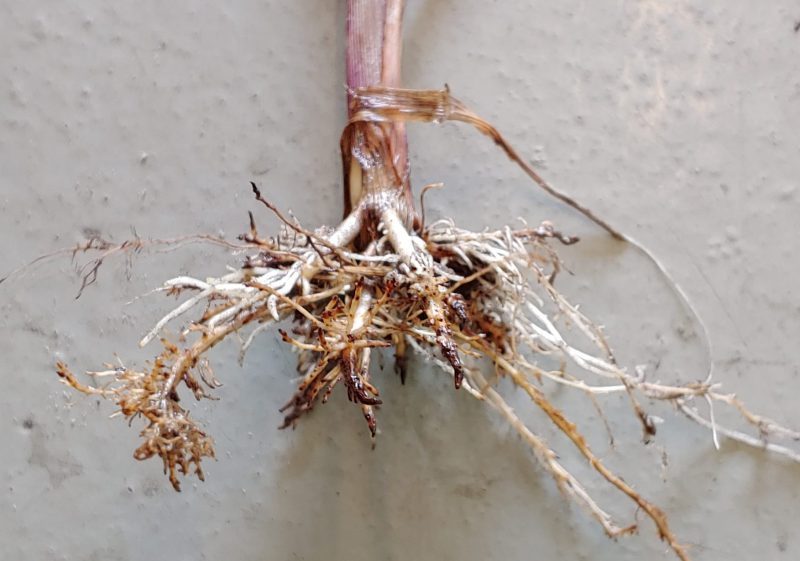
Figure 6. Corn root damaged by sting nematode and other plant-parasitic nematodes. Note lateral root pruning and proliferation to create a bearded appearance. Many root tips are dark brown due to tissue death. Credit: Zane Grabau, UF/IFAS
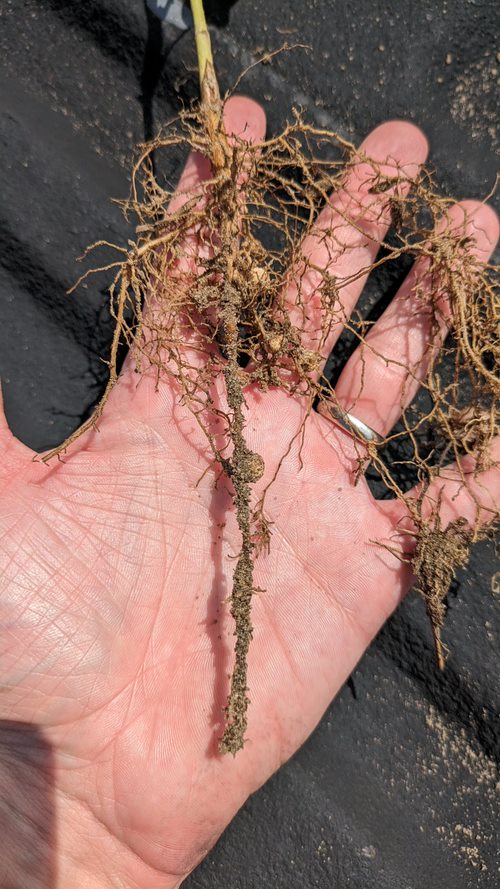
Figure 7. Lateral roots are stubby or absent on the tap root of this soybean plant due to sting nematode infestation. Credit: Zane Grabau, UF/IFAS
–
How to confirm infestation of sting nematode or other plant-parasitic nematodes
Once a nematode problem is suspected, the next step is to collect high-quality samples and send them to a professional laboratory for diagnosis. UF/IFAS provides this service through the Nematode Assay Laboratory, which is based in Gainesville, and commercial laboratories are also available. The Nematode Assay Lab provides complimentary analysis to Extension Agents in certain situations, so work with your local Agent to take advantage of this service.
Detailed descriptions of how to collect and submit samples for nematode analysis are provided in the Nematode Assay Lab website and in the crop-specific nematode management guides listed at the end of this document. Several important points to remember are summarized here. At a minimum, soil samples (near plant roots) should be collected when diagnosing a potential nematode problem, because some plant-parasitic nematodes (including sting nematode) can be detected only in the soil since they do not fully enter roots. When possible, include roots along with the soil to improve diagnosis. Sending pictures of symptoms is also useful. It is important to protect soil/plant samples from drying out or overheating because this can kill and degrade nematodes.
Severe damage from sting nematode is depicted in this article, but crop loss from sting nematode and other plant-parasitic nematodes may be occurring even if dramatic symptoms are not present. Therefore, routine sampling is useful for detecting and addressing nematode problems before they become severe.
–
Sting nematode management and further resources
Sting nematode can cause severe damage, as illustrated by symptoms in these figures. Therefore, implementing management practices to alleviate or forestall sting nematode damage are important. Detailed information on management of sting nematode, and other plant-parasitic nematodes, can be found in the UF/IFAS EDIS nematode management guides listed below. Briefly, nematicide application and crop rotation are the main tools are available to manage sting nematode. There are no resistant cultivars for sting nematode, although effective resistance is available for other plant-parasitic nematodes.
